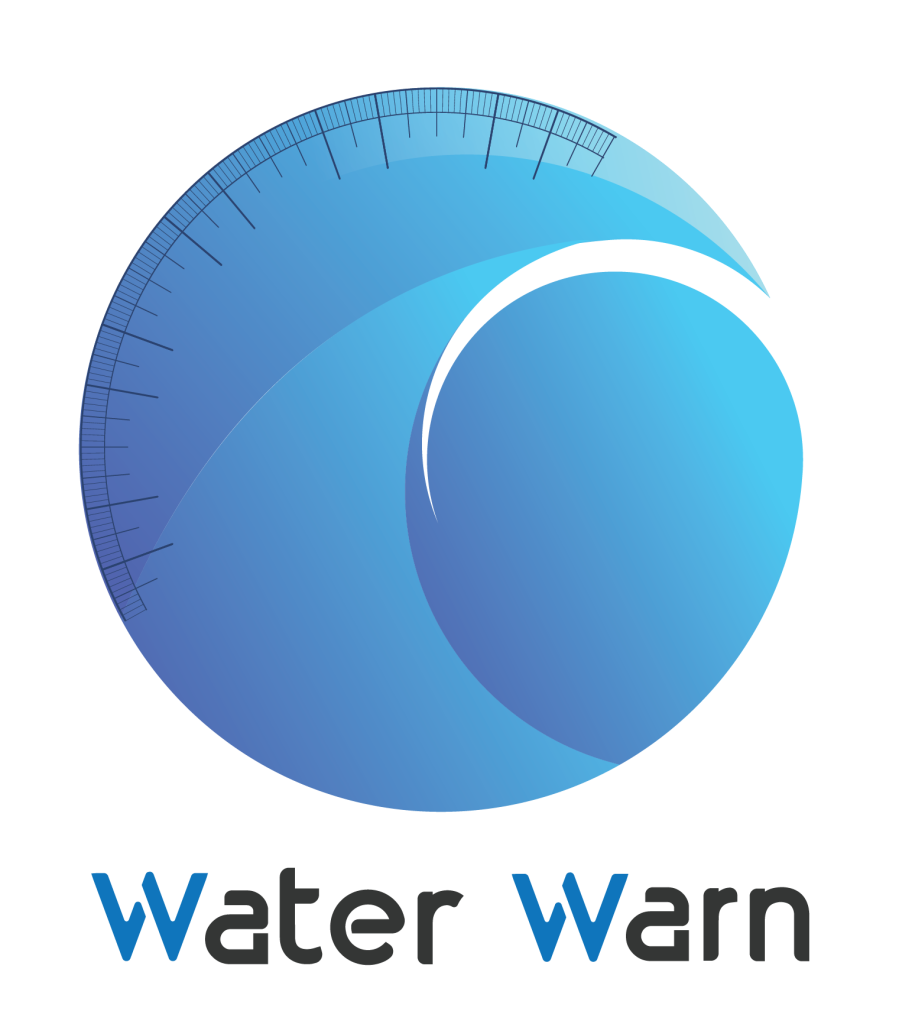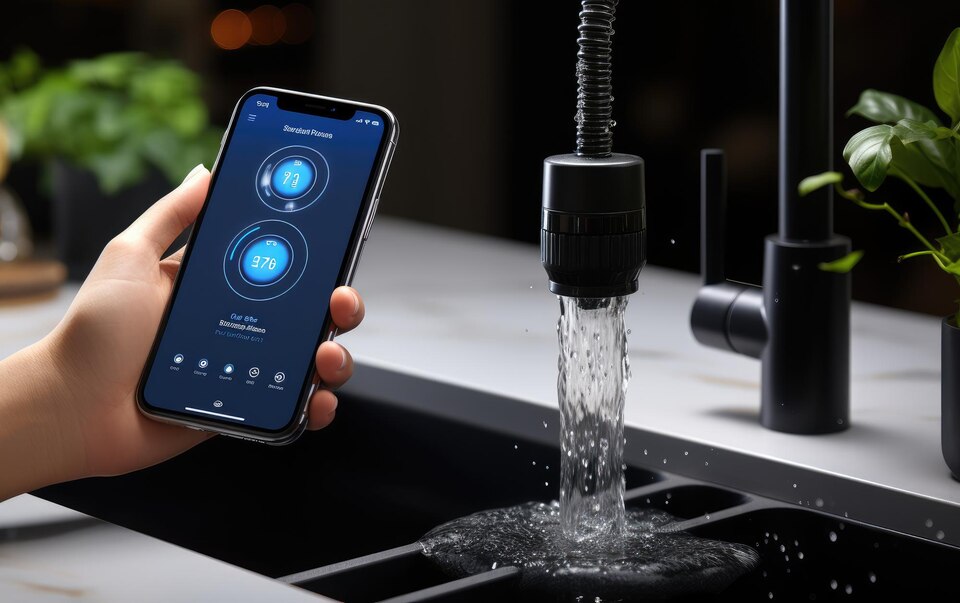Cities globally experience mounting water scarcity and sustainability needs. Modern building water management systems gives promising directions to increased building water efficiency to save waste, cut operating costs, and preserve the environment. Scientific research increasingly supports the adoption of energy-saving plumbing technology that takes advantage of novel materials and design to optimize water flow and energy.
At the core of these innovations lies water consumption analytics tools—intelligent digital platforms that take raw data and convert them into actionable intelligence. These allow facility managers to track, analyze, and optimize water usage patterns accurately, leading to smarter, more sustainable buildings. This blog explores the scientific foundation of these innovations and how they are revolutionizing water management practices.
The Science Behind Improved Building Water Efficiency
Scientific studies highlight that optimizing water flow and reducing wastage directly contribute to improved building water efficiency. Traditional plumbing systems often suffer from leaks, inefficient fixtures, and poor flow regulation, which cause substantial water loss. Recent advances focus on energy-efficient plumbing technology—such as aerated fixtures, low-flow valves, and smart sensors—that minimize water and energy consumption without compromising performance.
Materials science plays a vital role; new piping materials reduce friction losses and prevent corrosion, optimizing flow while conserving energy. Furthermore, research shows that integrating water consumption analytics tools allows for real-time monitoring and dynamic adjustment of water systems. These scientific insights create a foundation for building systems that are not only efficient but also resilient and adaptable to changing needs.
Building Water Management System—A New Paradigm
The building water management system is a comprehensive hardware and software solution to monitor, control, and optimize the usage of water. Its success in detecting leaks earlier, peak demand management, and reducing wastage has been underscored in research studies. These systems employ sensors mounted throughout plumbing networks, and these sensors collect data regarding flow rates, pressure, and usage patterns.
These feed water consumption analysis tools at the central level, which uses algorithms to identify inefficiencies and recommend remedial actions. The integration of energy-efficient plumbing technology ensures minimal energy burning in the water heating and circulation process, further reducing operational costs. Scientific testing demonstrates that buildings with advanced management systems far exceed traditional setups in water efficiency, contributing towards sustainability goals and legislative compliance.
Power of Water Consumption Analytics Tools in Optimization
Modern water consumption analytics tools are based on sound scientific principles, using big data and machine learning to analyze complex building water use. This type of software can process huge volumes of data in real time, uncovering inefficiencies like undetected leaks or excessive fixture use.
Through predictive analytics, they enable proactive maintenance, scheduling repairs before failures happen, and identifying behavior that is wasteful. The insights gained help buildings optimize operations for peak efficiency. Scientific research confirms that data-driven decision-making has a positive impact on environmental sustainability and operational cost savings. As these technologies continue to evolve, they provide a critical link between physical infrastructure and intelligent management, enabling building operators to achieve improved building water efficiency at scale.
Implementing Energy-Efficient Plumbing Technologies
This encouragement of energy-efficient plumbing technology is in response to science technologies which aim to reduce water as well as energy consumption within facilities. Low-flow fixtures, intelligent valves, and heat-resistant piping materials are scientifically proven products that curb usage without sacrificing end-user comfort levels.
Research indicates that integrating these technologies with smart systems enhances their impact, leading to deep cuts in energy use and water waste. Examples include aerated faucets and dual flush toilets, which can save 30-60% of water, and smart valves, which dynamically adjust flow based on occupancy and load. These innovations, supported by scientific modeling, enable effective building operation and greening of certification protocols, representing a vision for an efficient future where efficiency is intrinsic from design through operation.
Future Trends in Water Management for Sustainable Buildings
Looking ahead, scientific developments suggest that building water management systems will become more sophisticated with AI, IoT, and blockchain integration. These technologies will facilitate real-time analytics, predictive maintenance, and automated response strategies, optimizing resource use to unprecedented levels.
Furthermore, water consumption analytics tools will incorporate environmental data—such as weather patterns and occupancy forecasts—to preemptively adjust water flow and reduce wastage. Energy-efficient plumbing will continue evolving, utilizing eco-friendly materials and passive systems that operate with minimal energy input. Scientific evidence supports the notion that integrating these innovations will dramatically improve building water efficiency, helping cities meet climate commitments and achieve resilient infrastructure goals.
Conclusion
Integrating building water management systems driven by advanced water consumption analytics tools and energy-efficient plumbing technology is transforming how modern buildings optimize water use. Scientific research validates that these technologies significantly reduce wastage, operational costs, and environmental impacts, contributing to the goal of improved building water efficiency.
The evolution of these systems reflects a paradigm shift—moving from reactive maintenance to predictive, proactive management—fostering smarter, more sustainable urban environments. As cities worldwide face increasing water scarcity and climate challenges, the adoption of such innovative solutions becomes not just beneficial, but essential. The future of sustainable development depends on leveraging these scientific advances to create resilient, eco-friendly buildings that contribute positively to global water conservation efforts. Embracing these technologies now will pave the way for smarter, more efficient cities capable of thriving amid environmental uncertainties.

